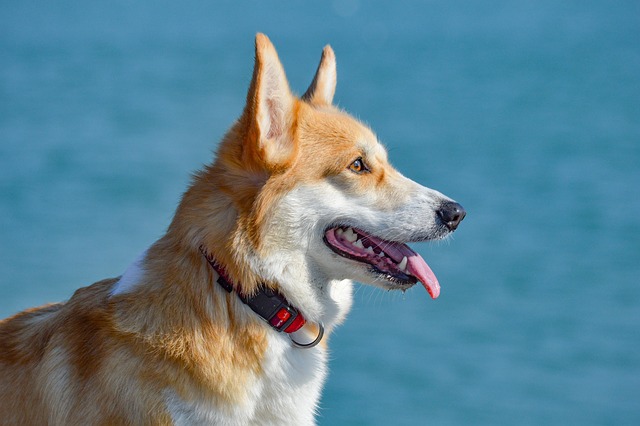
What's wrong with dogs always licking their paws
Watching their furry child constantly licking their paws, with that focused and persistent look, is both heartbreaking and confusing.
Watching their furry child constantly licking their paws, with that focused and persistent look, is both heartbreaking and confusing. Behind the seemingly ordinary behavior of dogs licking their paws, there may be various signals ranging from mild discomfort to serious health problems. As owners, we need to carefully observe these silent expressions like deciphering a password in order to provide them with the most appropriate care and assistance.
Occasional licking of paws by dogs is a normal self-cleaning behavior, just like washing our hands naturally. But when this behavior becomes frequent, persistent, or even compulsive, it deserves attention. Under normal circumstances, dogs spend about 15% of their waking time grooming their fur every day. If this proportion is significantly exceeded, especially when concentrated in a specific area, it often indicates a problem. Those repeatedly licked paws may experience hair discoloration (porphyrins in saliva can turn white hair reddish brown), skin redness or even ulceration, all of which are signals of distress from the body.
Allergic reactions are one of the most common triggers. When dogs become allergic to pollen, dust mites, or certain ingredients in their food, their immune system overreacts and releases substances such as histamine, causing skin itching. Claws, due to direct contact with the ground, have become the most prone area for allergens to accumulate. Food allergies often cause systemic itching, but many dogs will focus on licking their paws to relieve discomfort. The itching caused by this allergy often worsens at night, making it difficult for dogs to sleep and repeatedly licking until their fur falls off and their skin is damaged. Watching their beloved dog unable to sleep at night due to an indescribable itchiness, every owner feels incredibly heartbroken.
Pain is also an important cause of paw licking behavior. Imagine if our feet were pierced with small thorns or fragments, we would instinctively want to check and deal with them. Dogs are no exception, as grass seeds, glass shards, and even their own broken nails stuck in the meat pads can trigger sustained licking. Arthritis is common in elderly dogs, and the pain and discomfort in their joints can make them try to relieve it by licking. Even more concealed is the interdigital cyst, which is a painful swelling located between the toes that makes dogs particularly focused on a specific claw. Sometimes, careful inspection may reveal dry, cracked or burnt meat pads, especially after walking on hot roads, which can trigger sustained licking behavior.
Psychological factors cannot be ignored either. Anxiety, stress, or boredom can all lead to compulsive paw licking behavior in dogs. Dogs with separation anxiety may soothe themselves by licking their paws after their owners leave; The pressure brought about by changes in living environment (such as moving, new members joining) may also manifest as excessive grooming; Dogs lacking sufficient exercise and stimulation may develop paw licking as a form of leisure. Licking in these situations is often ritualistic, manifested in a fixed time and manner, just like human obsessive-compulsive behavior. The most heartbreaking thing is that this self soothing behavior may gradually evolve into self harm, forming an unbreakable vicious cycle.
Parasites and infections are also common causes. Mite infection (such as scabies mites or demodex mites) can cause severe itching, especially in the paw area; Fungal infections (such as yeast infections) can cause redness, flaking, and unpleasant odors on the skin; Bacterial infection may lead to pustules and exudate. The invasion of these microorganisms can make dogs feel extremely uncomfortable, and they can only try to alleviate it by constantly licking. It is worth noting that excessive licking itself can damage the skin barrier, creating conditions for more microbial invasion and forming an incurable cycle.

Drying and stimulation can also lead to licking behavior. Dry air in winter, hot roads in summer, residual household cleaning agents, and even newly applied fertilizers on lawns can all irritate a dog's sensitive paw pads. Some dogs are particularly sensitive to specific ground materials, such as concrete or rough asphalt. The dry and cracked meat pads are as painful as our cracked hands and feet, and the only thing dogs can do is keep wetting them with their tongue.
Endocrine problems are more common in middle-aged to elderly dogs. Hypothyroidism can cause dry skin and slow metabolism, making dogs more prone to skin problems; Cushing's disease can make the skin thinner and more susceptible to damage. These systemic diseases often manifest first as changes in the skin and hair, with the paws being the first to show symptoms due to frequent licking.
When we notice that dogs frequently lick their paws, we can take a few steps to help them. Firstly, carefully examine the area between the paws and toes, searching for any foreign objects, redness, swelling, or signs of injury. Gently wash with warm water and thoroughly dry, especially the toe joint area. It is important to keep your paws dry, as a humid environment can promote the growth of microorganisms. If you suspect allergies, you can try changing to hypoallergenic foods or consulting a veterinarian for allergy testing. Increasing physical activity and providing sufficient toys can help alleviate licking behavior caused by anxiety. For stubborn paw licking, it may be necessary to temporarily block this behavior using an Elizabeth ring to give the skin a chance to heal.
It is important to remember that if you have been licking your paws for more than two weeks, you should seek veterinary help. Veterinarians can determine the root cause through skin scraping, allergy testing, or blood tests. Treatment may include antibiotics, antifungal drugs, anti-inflammatory drugs, or behavior regulating drugs, depending on the diagnosis. During the waiting period for medical treatment, it is possible to record the frequency, time, and possible triggers of the dog's paw licking, which is very helpful for veterinary diagnosis.
Watching the dog quietly curl up beside him, no longer painfully licking its paws, is the most comforting moment for every owner. Understanding the reasons behind their behavior is to comprehend their needs and pains that cannot be expressed in words. Every careful observation and timely care is a silent conversation of love between us and our beloved dog. After all, their health and happiness are our greatest happiness.

Watching their furry child constantly licking their paws, with that focused and persistent look, is both heartbreaking and confusing.
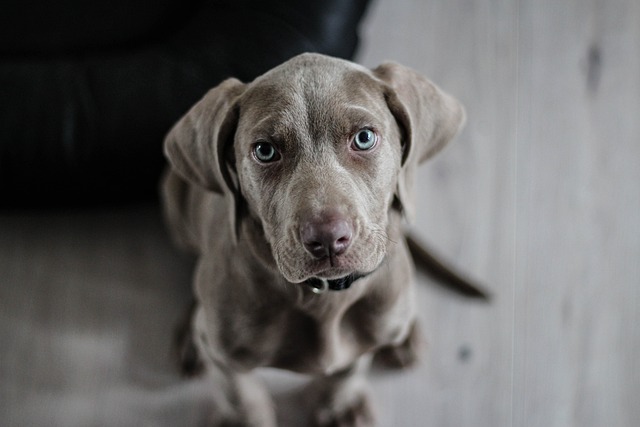
When you habitually pet your dog and suddenly notice that its once smooth coat has become rough and prickly, the change in texture will immediately alert you.
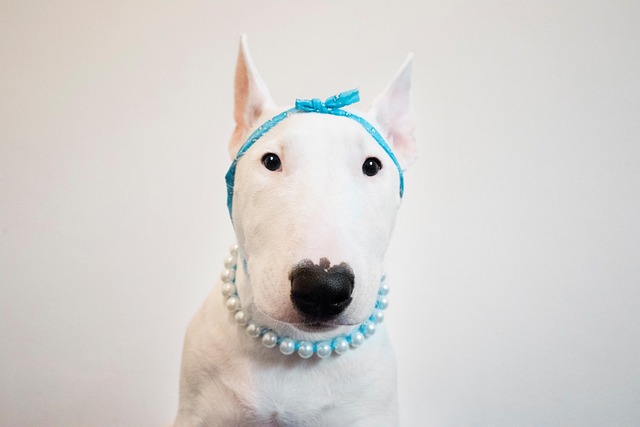
When we hold the soft and cute puppies in our hands, their furry little bodies and smart eyes instantly melt our hearts. From that moment on, we shoulder the responsibility of taking care of this little life,
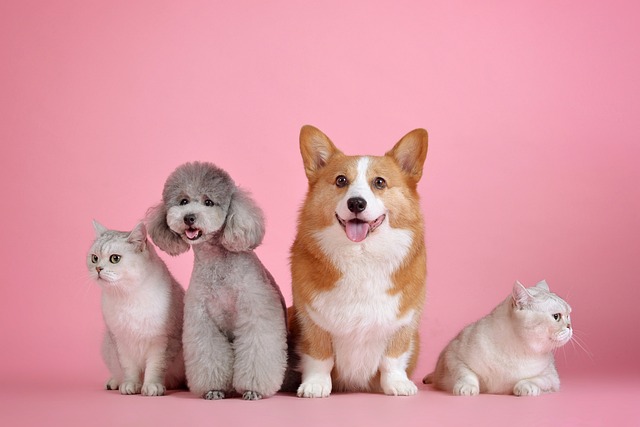
You push open the door to find shredded pillow stuffing, chewed-through cables, or claw-marked door frames scattered across the floor—and in an instant,
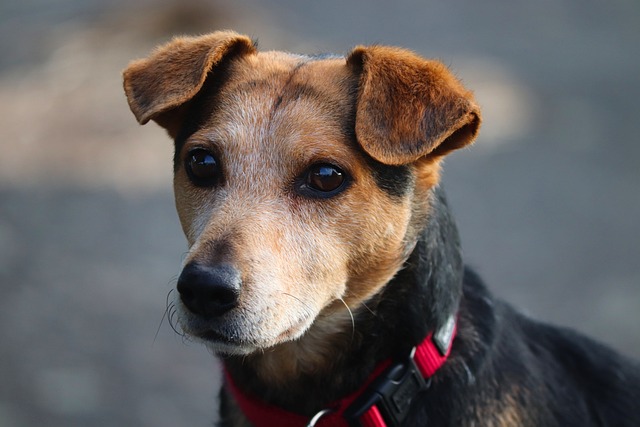
When you realize that only your absence triggers your otherwise well-behaved companion into anxious behaviors—scratching at the door, barking incessantly,
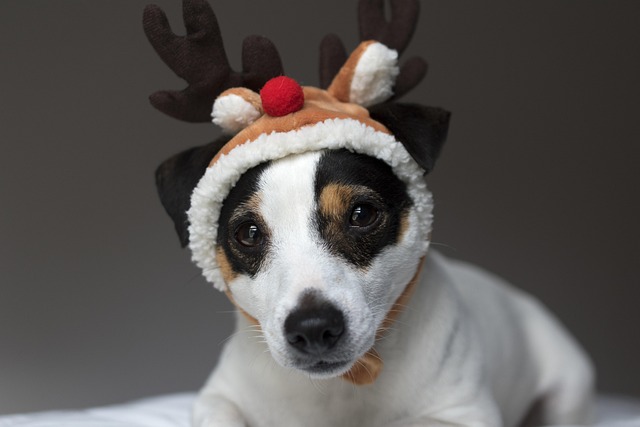
When we hold the sweet and juicy soft-seeded pomegranates and look at the round, expectant eyes of the dogs around us, we always feel entangled: Can such delicious fruit be shared with our beloved fur children?